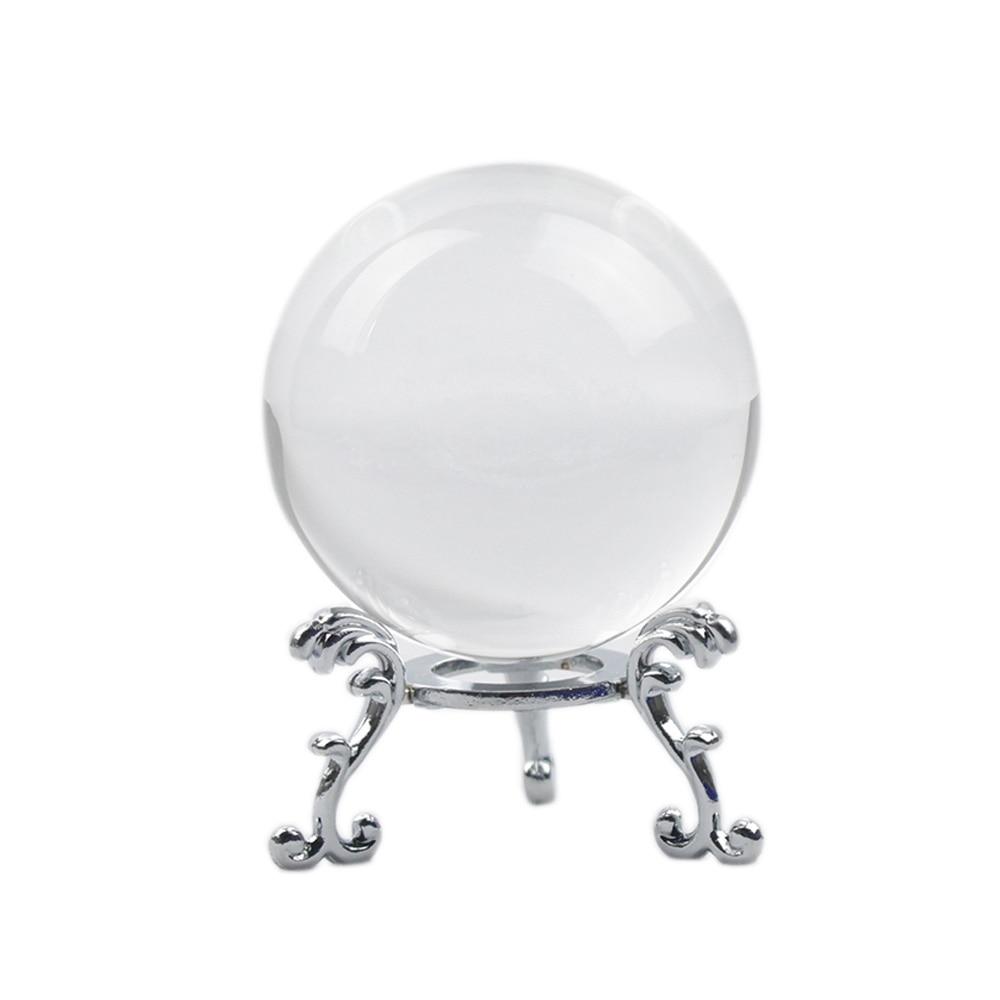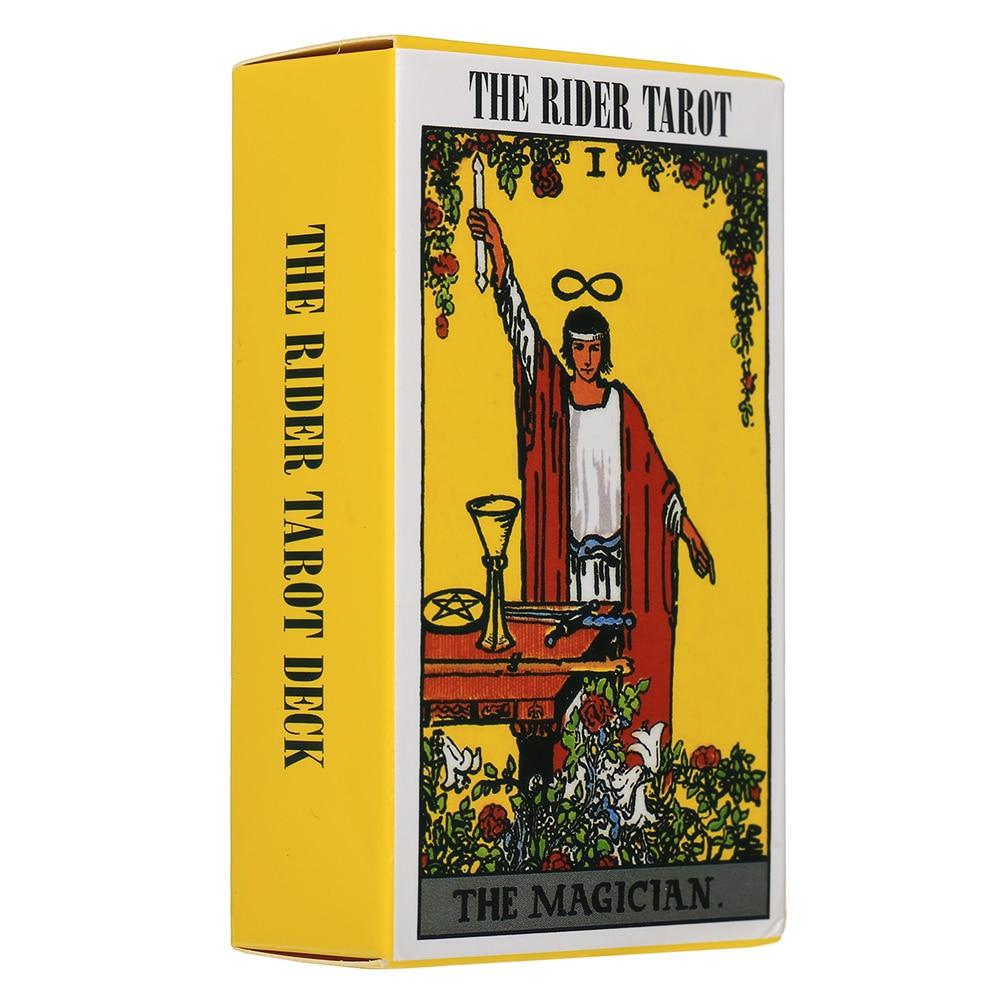Clairvoyance in Roma Culture (Secrets and Discoveries)
One aspect of Roma culture that has often intrigued many people is the practice of clairvoyance, or any other form of divination.
It is generally associated with these people... and rightly so, divination having been an integral part of their culture for centuries.
In accordance with tradition, fortune tellers have almost always been women, who then bear the name drabardi.
Very often, clairvoyance can be seen as a very down-to-earth means of livelihood for these women.
We must not forget that the Roma mainly practiced divination as a source of income based on the exploitation of the credulity of non-Roma, called Gadjé. Furthermore, they could not draw cards to other members of their community.
Formerly rejected by the Church for its esoteric connotations (which go against biblical references prohibiting any practice linked to mysticism), clairvoyance has gradually made its place in today's society.
We can easily understand this when we look at the world as a whole, with many regions generally being more receptive to clairvoyants and other fortune tellers than Europe.
For our part, we are so convinced of the wonders that can result from this that we have dedicated part of our store to clairvoyance.
In short, let's begin this discovery of Romani divination without further delay!
Contents :
Clairvoyance: an important element of Roma life
Proven traces and testimonies!
The arrival of Roma clairvoyance in Europe
Clairvoyance: an important element of Roma life
In ancient times, almost all Roma were more or less fortune tellers. The clairvoyant abilities of these people were highly respected and valued, as their accuracy and truthfulness were legendary.
A qualified psychic who can accurately tell you about events from the past, present or future is extremely valuable indeed.
There is a hypothesis that these nomads learned their skills in the life of Byzantium (present-day Istanbul). Following this, and thanks to the growing reputation of the clairvoyance of the Roma people, the phenomenon quickly spread throughout the world.
The famous poet Pushkin, for example, is said to have consulted a Roma clairvoyant who warned him of the tragic end that was going to happen to him, consisting of a murder caused by a mysterious “white man”.
A biographical work on Pushkin's life revealed that the poet took these predictions very seriously.
Many Pushkin biographers believe that the image of the "white man" predicted for the poet's death meant the chrome of the weapon that caused his death.

Proven traces and testimonies!
Here is another proven case of clairvoyance.
It is written in the diary of Maria Alexandrovna Ulyanova, Lenin's mother, that after the arrest of her eldest son, Alexander, she greatly feared that the youngest, Vladimir, would follow suit and be also killed. execute.
It was then that she turned to a woman from the Roma community known as "Grandma Rose", renowned in her town for being a skilled clairvoyant and fortune teller.
The clairvoyant then declared that she could do nothing for the eldest son, but that she would save the youngest. She actually promised Maria that, whatever her son did (we are talking here in particular about crimes), justice would always rule in her son's favor.
He actually died very suddenly, but not on the scaffold: he died as a leader of Russia, and a forever influential thinker.
During this clairvoyance session, it was also said that "after his death, people would listen to his ideas."
The reality has, to say the least, exceeded this prediction.
The arrival of Roma clairvoyance in Europe
Throughout history, the Roma have always been associated with clairvoyance, including palmistry, tea leaf reading, cartomancy, tarot reading, and the crystal ball as a divination tool.
They predicted the future of many people in France in Germany as early as 1414, when this people was first observed in Western Europe. Since then, they have never abandoned this practice.
Divination was actually one of the first activities mentioned in reports about the Roma. We know this in particular thanks to manuscripts dating from 1422 found in Belgium and Italy.
The first documented practice of palmistry in England dates from 1530. However, the art probably originated in India.
Indeed, as a scholar named D. Kenrik tells us, many families in Kalderash, a subgroup of the Roma culture, specialized in divination, with daughters learning from their mothers from generation to generation. He also cites the Sinti as having particular talents in the field of clairvoyance.
Travelers also use two words to designate the practice of clairvoyance: " dukkering ", which is the modification of a Wallaco-Sclavonian word which means "something spiritual or ghostly", and " bocht " which is a Persian word related to the Sanskrit “bagya”, which means “destiny”.
In short, in Europe, divination and clairvoyance were controlled until recently, as for example in England by the Vagrancy Act of 1824.
Anyone who claimed to be able to predict the future could thus be arrested without a warrant. Prosecutions were then initiated under Article 15 of the Theft Act, justifying this by the illicit activity of certain false clairvoyants who were literally defrauding their clients.
If you think you may have suffered this type of practice, here is the article from a Belgian newspaper which talks about the subject.
A practice not only reserved for the popular classes
From Russia to Spain, via England, traditional clairvoyance techniques are pretty much the same everywhere.
Gypsy women have always used tools, such as playing cards, to predict the future and determine the present.
According to the Roma, there are three “styles” of clairvoyance: the noble, the simple and familiar.
Each clairvoyant must be the mistress of the three and will use each one according to the rank of the person from whom she draws the tarot, reads in the hand or simply chats with.
There is a medieval poem in Spanish about “Buena Ventura” (or fortune telling, a type of prediction), of which here are some translated stanzas.
They will give you a first idea of how the clairvoyants of the time could express their prophecies.
“
Late, rather than in the morning
In summer, the gentle tide,
Go to the Prado
Jacinthe, you who are now married.
And there, meet a gypsy
So speak to him fluently,
And get dressed there immediately,
On the main promenade.
Welcome, three times welcome,
Beauty is your flower!
Believe me, believe me
You come early.
Jacinta was surprised
She wished she had run away
But the gypsy woman comforts her:
O young as the rose leaf!
O high-born woman!
Turn your eyes on your servant,
But there, no disdain.
O pride of the Prado!
O joy of our times!
You will be twice married,
And happily every time.
Of two noble sons, you will be the happy mother,
A judge of the Lord,
The other marshal.
»
The Roma practiced clairvoyance on even more important personalities than the young Countess Jacinta of our poem.
Modor, for example, a clairvoyant from the Roma community in Moscow, is said to have read the future of Catherine, Empress of Russia.
We do not know what she said to him, but it seems that this consultation gave complete satisfaction to the empress, who not only offered him a diamond ring, but also her hand to kiss.
You should know that this was considered a great honor at the time.
However, you don't have to look that far to find effective clairvoyants, for example here is a woman who has been practicing divination for years.
She reads the tarot like no other!

Cards in the practice of divination
We still don't know if the cards were originally intended for clairvoyance or simply for gambling.
What we do know, however, is that by the 16th century, they were already widely incorporated into the practice of clairvoyance. History even suggests that Napoleon was able to regularly consult his own.
Even today, tarot cards are also widely used as a divination tool.
A tarot deck consists of 78 cards - 56 minor arcana cards and 22 major arcana cards. If this subject interests you, don't hesitate to tell us, we could probably write articles on it!
In any case, for our part, it speaks to us. We have also added a tarot deck to our already full collection of divination tools.
As we discovered together today, the art of clairvoyance was once a respected profession. Many artists have represented it in their works, and this practice has always attracted men because of the mysteries and secrets linked to it.
Nowadays unfortunately, the image that people have of clairvoyance has been distorted by small crooks who only want to deceive and rob people.
This is how the entire image of the Roma has been tarnished.
However, we hope that this article has shown you another side of this century-old culture.
Lucky charms featured in this article

Crystal Ball
See more
Rider Waite Tarot Card Deck
See more
